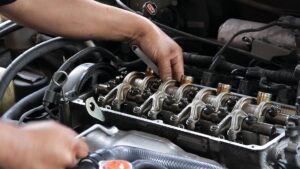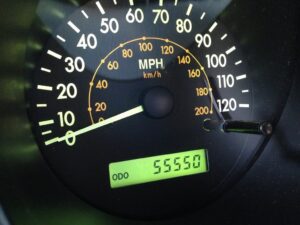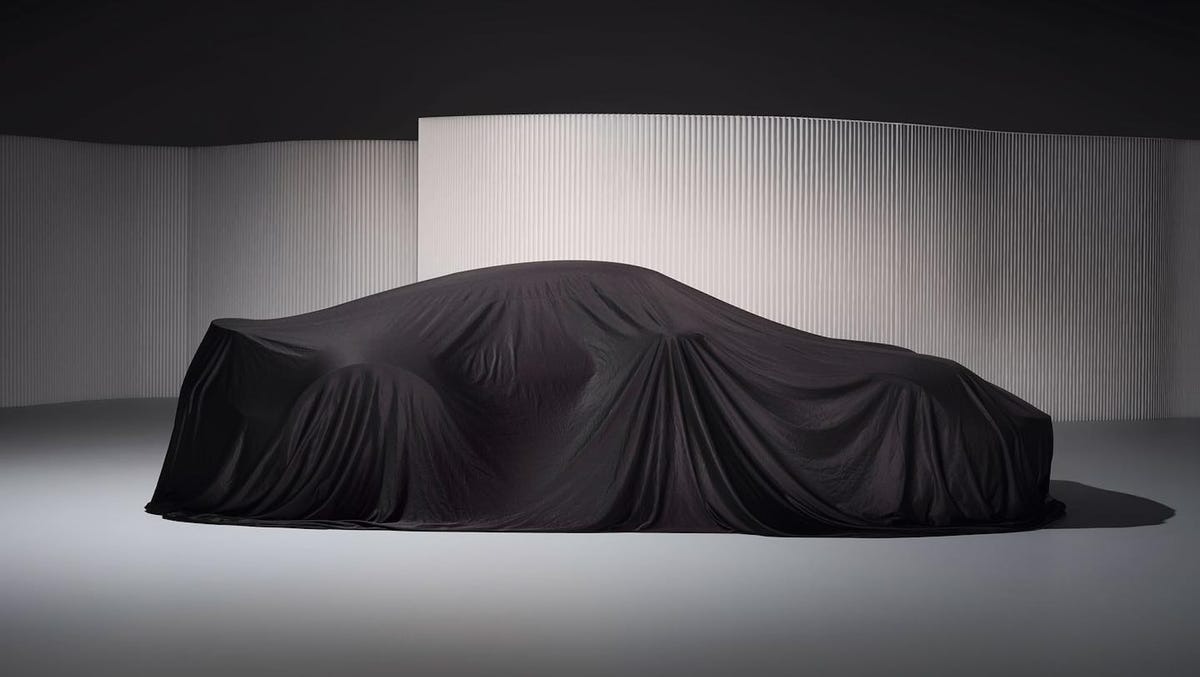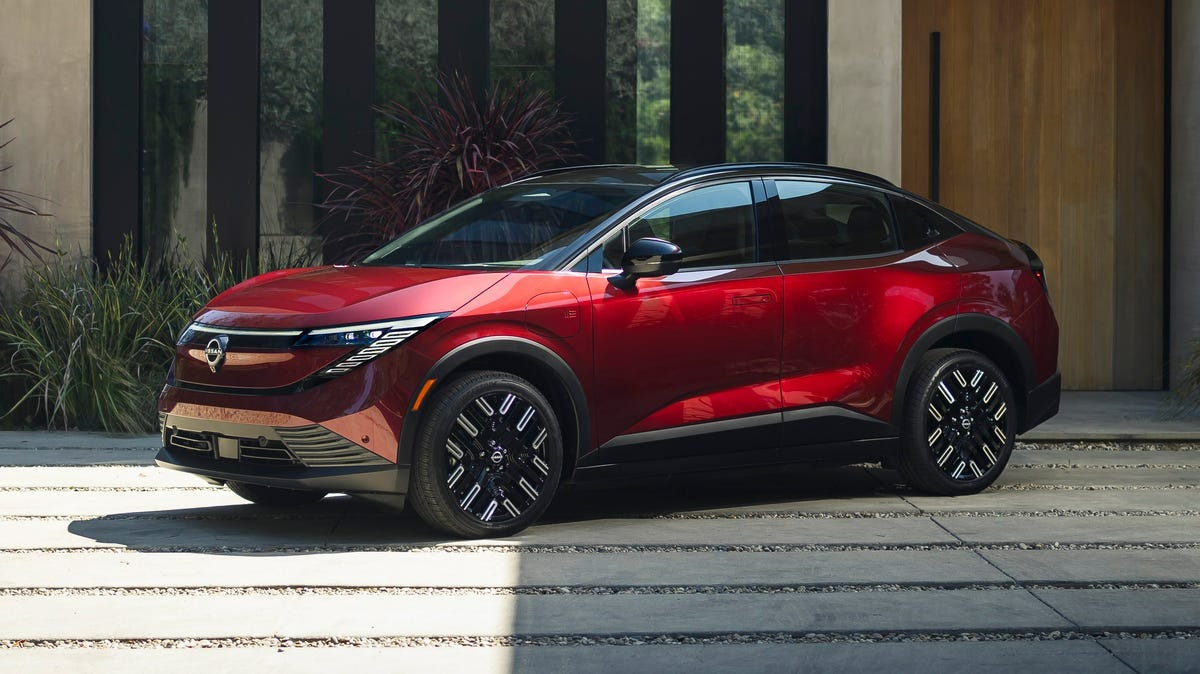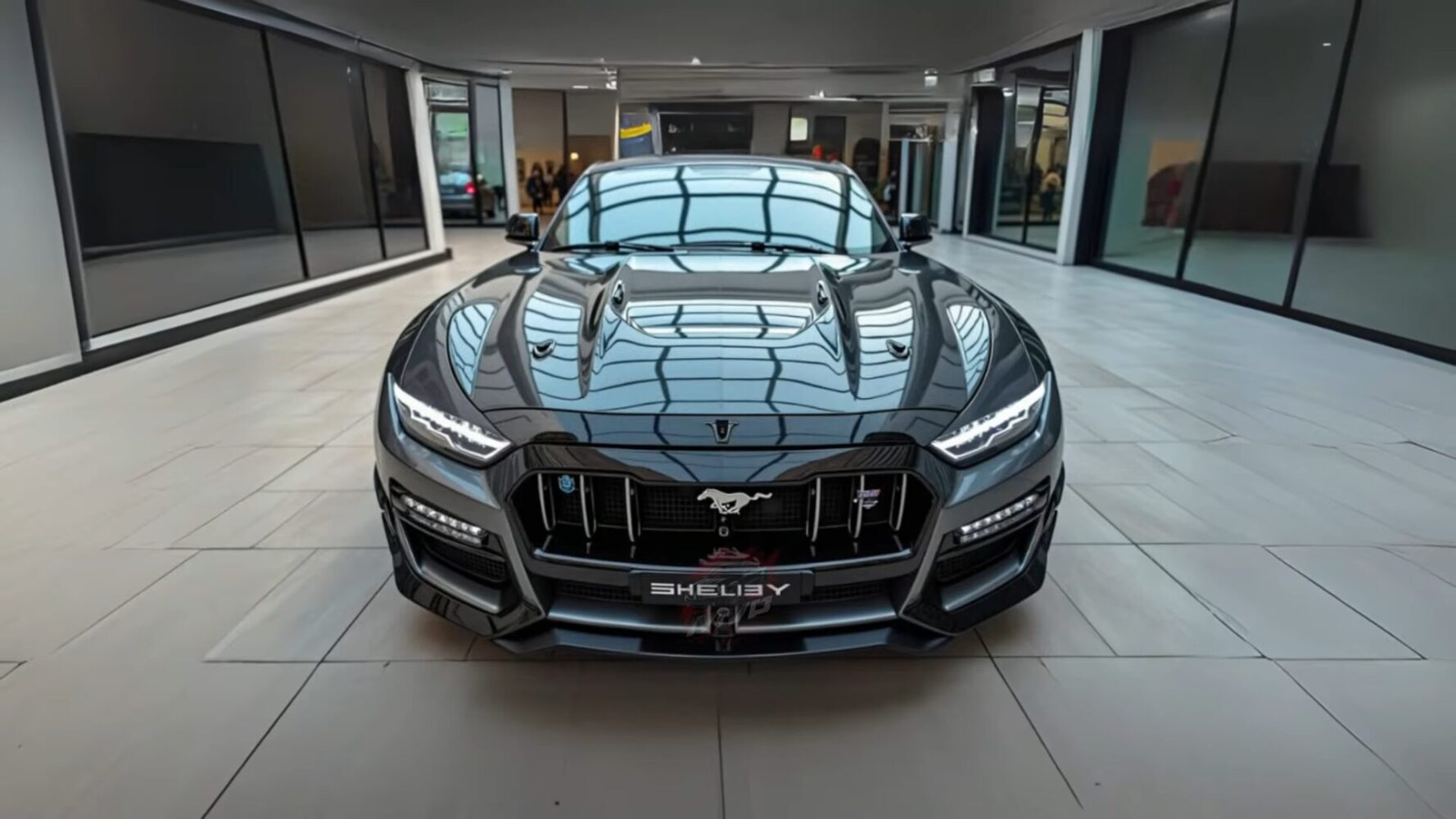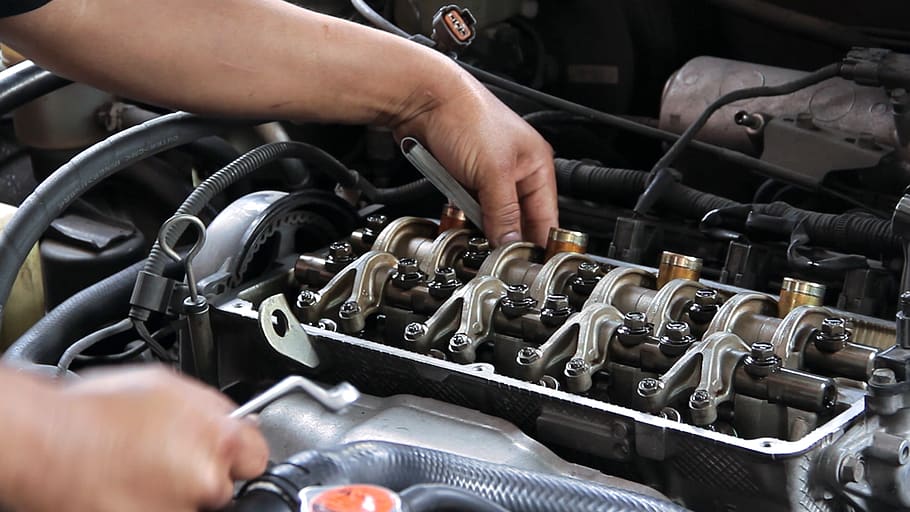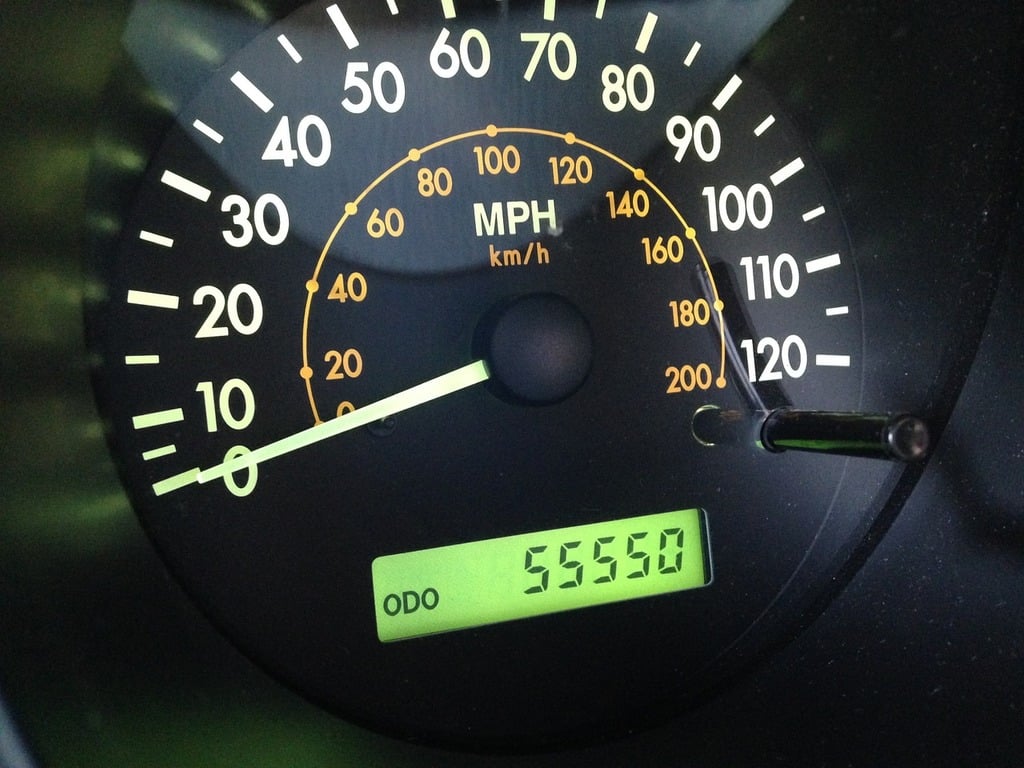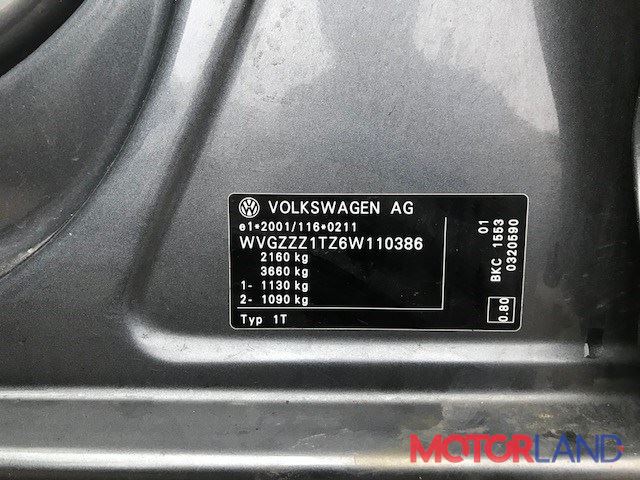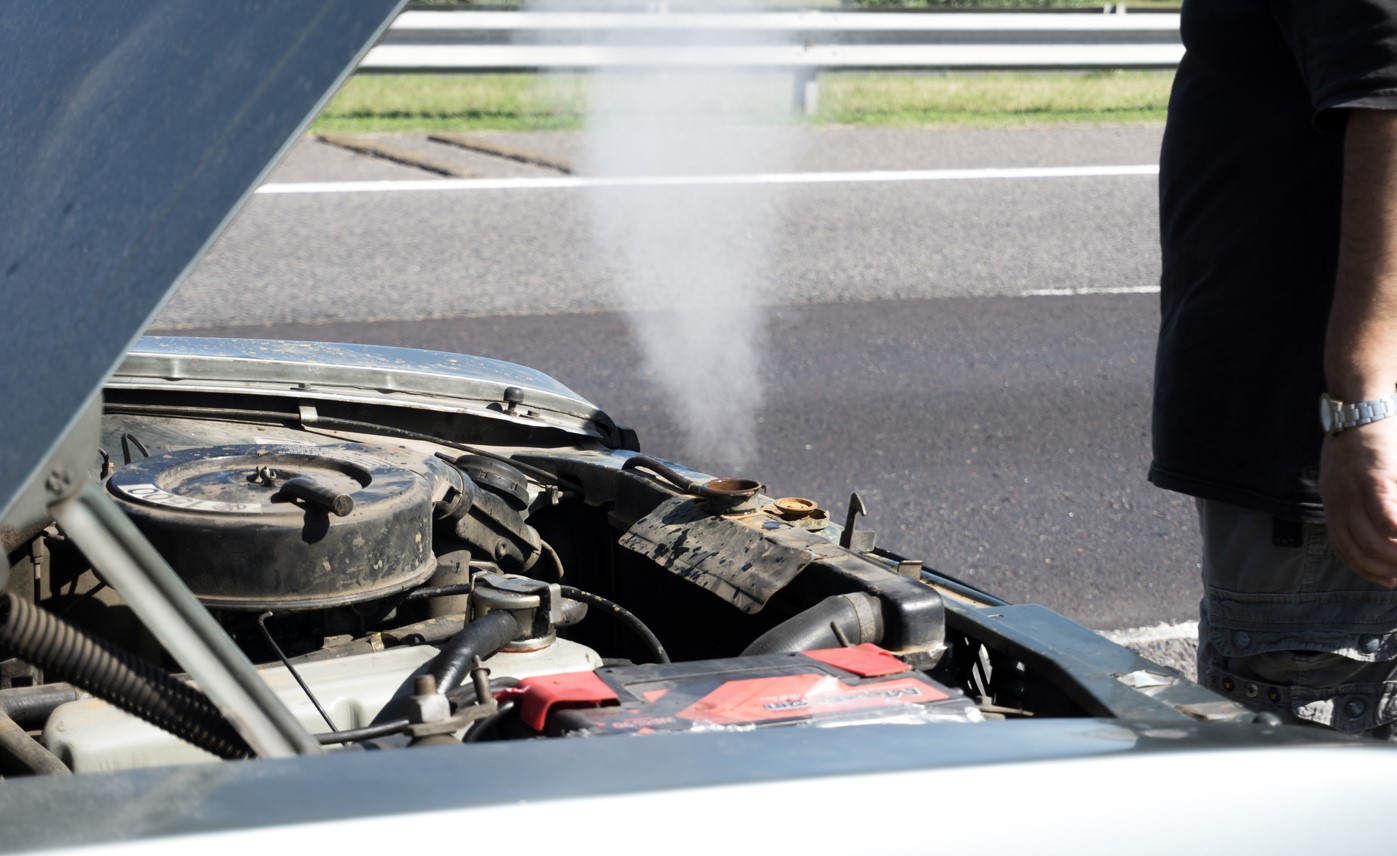Ah, the siren song of Facebook Marketplace! It beckons classic car collectors with the promise of hidden gems and bargain-basement beauties. But beware, fellow petrolheads! This digital bazaar can be a minefield of misinformation, misrepresented relics, and outright ripoffs. Are you tired of sifting through blurry photos and vague descriptions? Do you dream of finding that perfect ’67 Mustang without ending up with a rust bucket held together by Bondo and wishful thinking? Fear not! This guide is your roadmap to navigating the treacherous terrain of Facebook Marketplace, ensuring your classic car dreams don’t turn into financial nightmares.
Key Takeaways:
- Due Diligence is King: Never skip the pre-purchase inspection. A qualified mechanic is your best friend.
- Photos Lie: Don’t trust everything you see. Request detailed pictures and videos, and be wary of overly filtered or strategically cropped images.
- Know Your Market: Research the fair market value of the classic you’re after. Knowledge is power, and it prevents overpaying.
- Trust Your Gut: If a deal seems too good to be true, it probably is. Walk away from shady sellers and incomplete documentation.
- Paperwork is Paramount: Clear title, service records, and provenance documentation are essential. No paperwork, no deal.
Understanding the Basics of Buying Mistakes on Facebook Marketplace
Facebook Marketplace, while convenient, lacks the safeguards of specialized classic car auction houses or reputable dealerships. It’s the Wild West of online car sales. “Buying Mistakes” in this context refers to the errors in judgment, oversights, and outright blunders that classic car collectors make when purchasing vehicles through this platform. Think of it like this: buying a classic car on Facebook Marketplace without proper preparation is like trying to rebuild a carburetor with a butter knife and a prayer. You might get lucky, but you’re more likely to end up frustrated and covered in grease.
Common mistakes include:
- Ignoring Red Flags: Overlooking obvious signs of rust, damage, or mechanical issues.
- Skipping the Inspection: Failing to have a qualified mechanic inspect the car before purchase.
- Falling for Scams: Sending money without verifying the seller’s identity or the car’s existence.
- Neglecting Paperwork: Failing to secure a clear title or verify the car’s history.
Importance and Implications
Why should classic car collectors care about avoiding these mistakes? Simple: money, time, and heartache. A poorly researched purchase can lead to thousands of dollars in unexpected repairs, years of frustrating restoration work, and the crushing disappointment of owning a car that’s not what you thought it was. The implications extend beyond mere financial loss. A misrepresented classic car can devalue your entire collection, damage your reputation within the classic car community, and leave you with a vehicle that’s more trouble than it’s worth. Furthermore, safety is paramount. A classic car with hidden structural damage or neglected mechanical systems can be a serious hazard on the road.
Practical Applications or Strategies
So, how do you navigate this digital minefield? Here’s your survival guide:
- Research, Research, Research: Before even browsing, determine the specific make, model, and year you’re interested in. Understand its common issues, fair market value, and availability of parts.
- Demand Detailed Photos and Videos: Don’t settle for blurry snapshots. Request high-resolution images of the engine bay, undercarriage, interior, and any areas of concern. Ask for videos showcasing the car starting, running, and driving.
- Inspect in Person (or Hire a Pro): If possible, inspect the car yourself. Bring a flashlight, a magnet (to check for Bondo), and a notepad. If you’re not mechanically inclined, hire a qualified mechanic to perform a pre-purchase inspection. This is the best money you’ll ever spend.
- Verify the Title and VIN: Ensure the seller has a clear title in their name. Verify the VIN (Vehicle Identification Number) matches the title and the car itself. Run a VIN check to uncover any hidden history, such as accidents, salvage titles, or liens.
- Negotiate Wisely: Don’t be afraid to walk away. There are plenty of classic cars out there. Be prepared to negotiate based on your research and the inspection results.
- Use Escrow Services: For long-distance transactions, consider using an escrow service to protect your funds.
Expert Insights or Case Studies
I once consulted on a case where a collector purchased a ’69 Camaro on Facebook Marketplace, lured by a low price and seemingly pristine photos. He skipped the inspection, trusting the seller’s assurances. Upon delivery, he discovered extensive rust damage hidden beneath layers of filler, a mismatched engine, and a title that didn’t match the car’s VIN. The cost to rectify these issues exceeded the original purchase price. This serves as a stark reminder of the importance of due diligence.
Another expert, a renowned classic car restorer, emphasizes the importance of documentation. “A classic car’s value is directly tied to its history,” he says. “Service records, original invoices, and provenance documentation can significantly increase a car’s worth. Don’t underestimate the power of paperwork.”
Decoding the Seller’s Language
Learn to interpret the subtle (and not-so-subtle) cues in the seller’s description. “Runs great, needs minor work” often translates to “barely starts, requires a complete overhaul.” “Barn find, untouched for years” usually means “covered in rodent droppings and seized solid.” Be a detective, not a believer.
Conclusion:
Buying a classic car on Facebook Marketplace can be a rewarding experience, but it requires caution, knowledge, and a healthy dose of skepticism. By understanding the potential pitfalls, implementing practical strategies, and learning from the mistakes of others, you can navigate this digital landscape with confidence and find the classic car of your dreams without ending up with a lemon. Remember, due diligence is your shield, and knowledge is your sword. Happy hunting!
Frequently Asked Questions:
What is Buying Mistakes on Facebook Marketplace?
It refers to the errors in judgment, oversights, and outright blunders that classic car collectors make when purchasing vehicles through the Facebook Marketplace platform.
Why is Buying Mistakes on Facebook Marketplace important for Classic car collectors?
Avoiding these mistakes can save collectors significant amounts of money, time, and frustration by preventing the purchase of misrepresented, damaged, or fraudulent vehicles.
How can I apply the concepts of Buying Mistakes on Facebook Marketplace in my context?
By conducting thorough research, demanding detailed photos and videos, performing pre-purchase inspections, verifying the title and VIN, and negotiating wisely.
Where can I learn more about Buying Mistakes on Facebook Marketplace?
Consult with classic car clubs, online forums dedicated to specific makes and models, and reputable classic car appraisers and mechanics.



